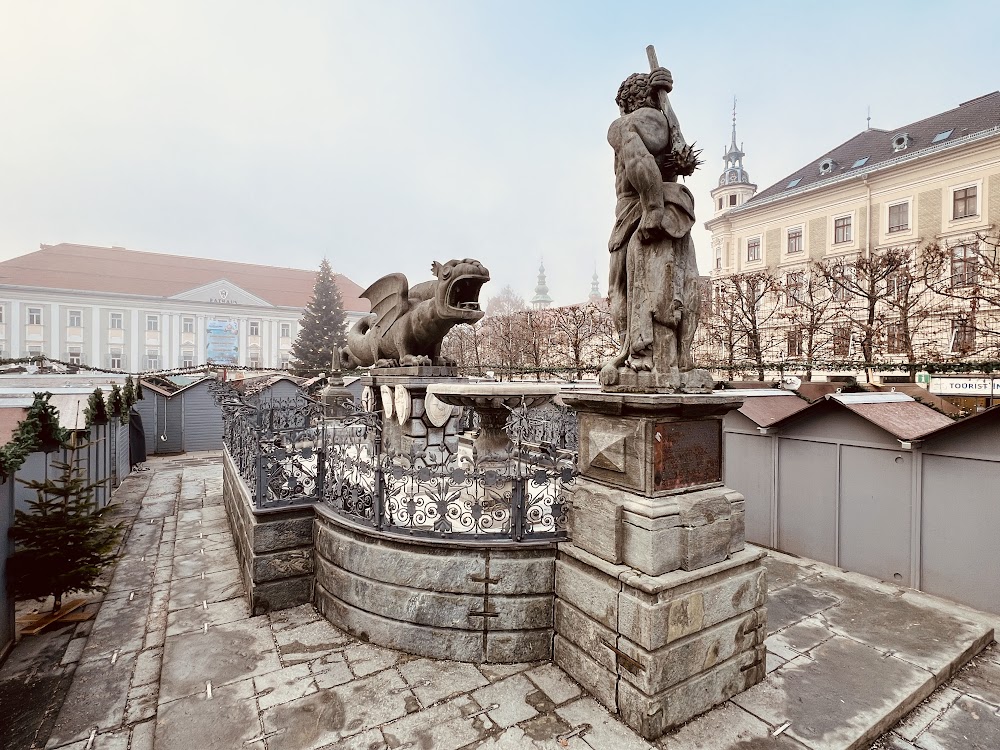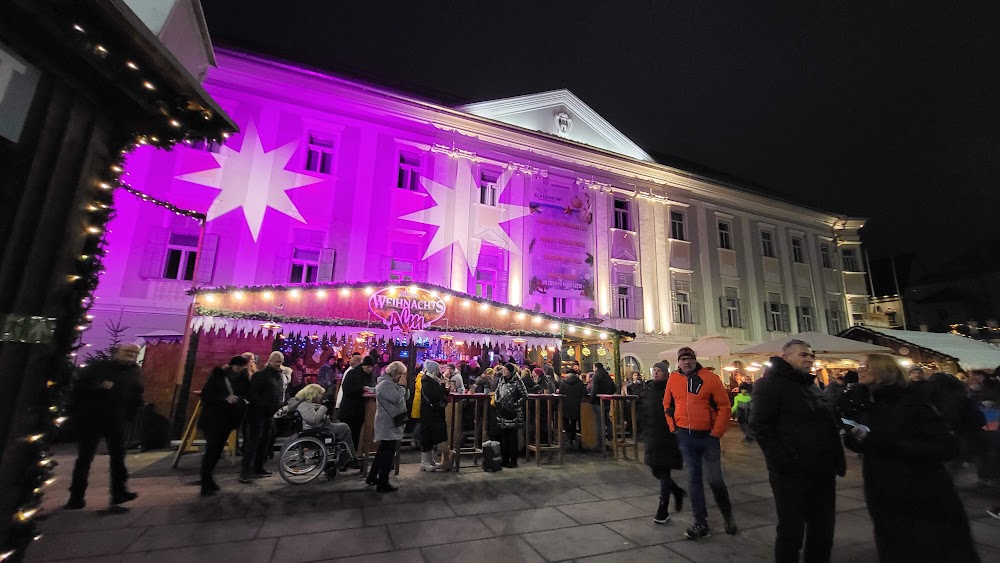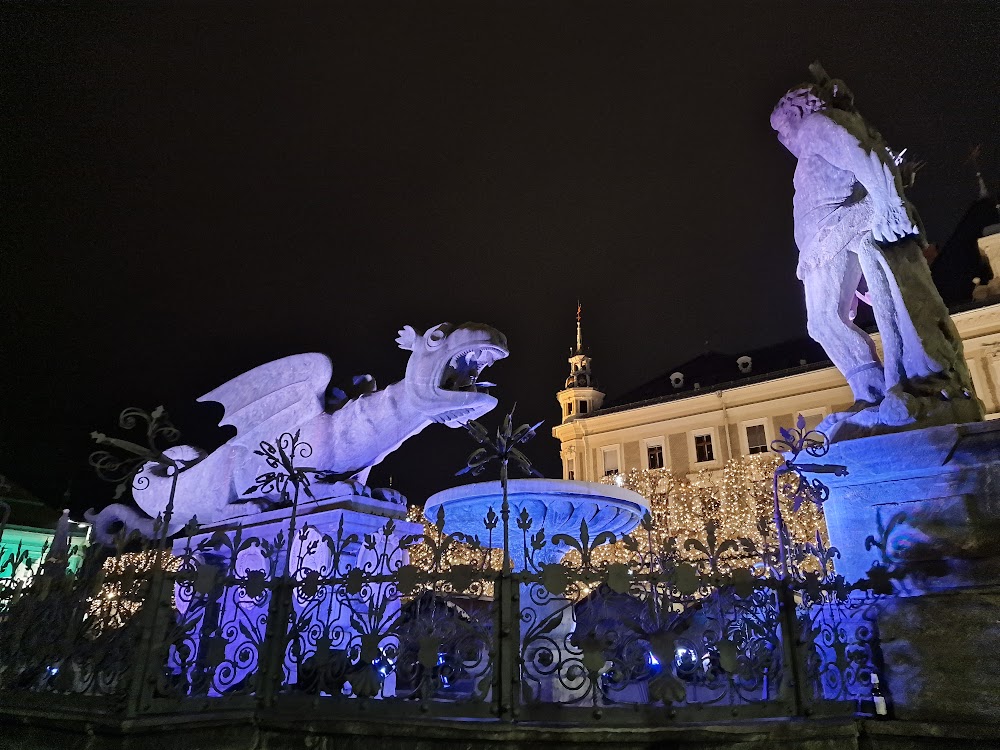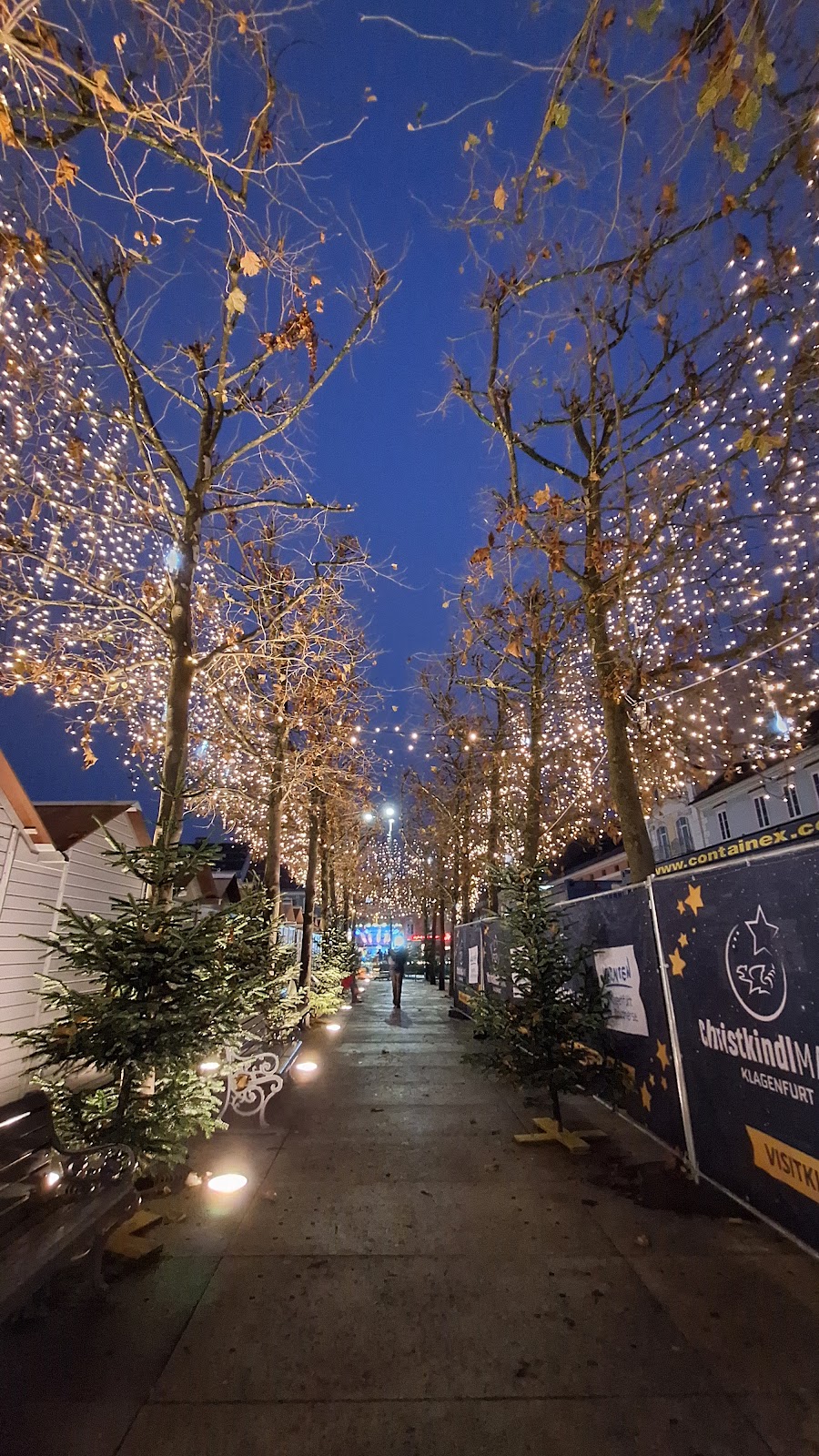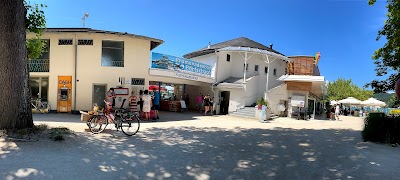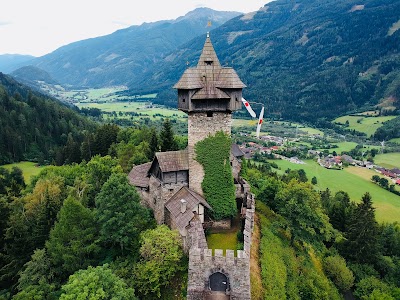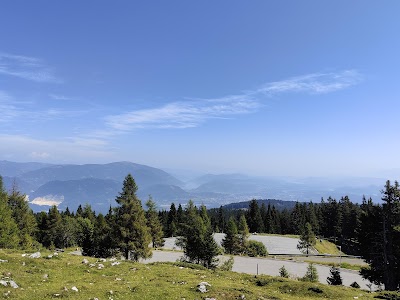Klagenfurt Old City (Altstadt Klagenfurt)
Overview
Klagenfurt Innere Stadt, affectionately known as the **Altstadt** or **Old City**, is the historical heart of Klagenfurt, situated in the picturesque region of Carinthia, Austria. This enchanting area is celebrated for its medieval architecture, charming cobblestone streets, and a rich history that stretches back to the 12th century.
The origins of Klagenfurt can be traced back to around 1161 when it was founded by Duke Herman II of Carinthia. Initially a market town, its strategic location soon transformed it into a bustling hub for trade routes. In 1246, Duke Bernhard von Spanheim significantly fortified the town, constructing protective walls and watchtowers to defend against potential invasions, marking a pivotal moment in its expansion.
In 1514, a catastrophic fire nearly reduced Klagenfurt to ashes. However, this disaster paved the way for a remarkable rebirth. Emperor Maximilian I gifted the devastated town to the local Estates, a consortium of influential families, igniting a collaborative effort to rebuild.
The Estates engaged Italian master builders and architects to redesign the city, resulting in the stunning Renaissance buildings that define the Old City today. A hallmark of this transformation is the iconic **Landhaus**, constructed between 1574 and 1594. This grand structure became the political and administrative heart of Carinthia and remains a key landmark.
At the heart of the Old City lies **Alter Platz**, the town's oldest square, which has been a focal point since the 13th century. Here, visitors will find a delightful mix of historic buildings, elegant arcades, and charming cafés, making it a vibrant meeting place for both locals and tourists. Dominating the square is the **Dreifaltigkeitssäule**, a Baroque column erected in 1680 to commemorate the city's resilience during the plague.
Another architectural gem is the **Rathaus** or Town Hall, located at Alter Platz. Built in the 16th century, this building has undergone several renovations while retaining its traditional charm. Constructed of stone and timber, it showcases a typical Renaissance façade adorned with arcades and intricate stucco work.
A significant religious site within Klagenfurt's Old City is the **Cathedral of Saints Peter and Paul**, built between 1581 and 1591. Originally a Protestant church, it was converted into a Catholic cathedral in 1604. The cathedral is renowned for its stunning Baroque interior, featuring ornate altars and exquisite frescoes.
Don't miss the **Lindwurmbrunnen** (Lindworm Fountain) at Neuer Platz, a captivating fountain built in 1590 that features a legendary dragon, a symbol of triumph over natural threats and control over local waters, as per local folklore.
The Altstadt is also home to several historic gates, with the **Viktringer Tor** and **Villacher Tor** being the most notable. These remnants of the old city walls served as crucial entrances and stand as remarkable examples of medieval fortification.
Wandering through the picturesque lanes and squares of the Old City reveals a distinct character, enriched by buildings adorned with pastel facades, wrought-iron signs, and intricate detailing. Strolling through these streets feels like stepping back in time, allowing visitors to immerse themselves in centuries of heritage and tradition.
Preservation efforts are ongoing to maintain and restore the architectural splendor of Klagenfurt's Old City. These conservation activities ensure that historic buildings and monuments are well-kept, enabling future generations to appreciate their beauty and significance.
Today, Klagenfurt Altstadt beautifully blends the old with the new. Traditional shops, contemporary boutiques, and delightful eateries thrive within centuries-old structures. Regular cultural and historical tours are available, providing visitors with insights into the rich past of this Austrian gem.
In summary, the Klagenfurt Old City is a testament to resilient urban planning and architectural brilliance. Its rich history, coupled with preserved landmarks and stunning Renaissance structures, makes it a culturally significant and aesthetically appealing destination. Exploring the Altstadt offers an unparalleled journey through time in the heart of Carinthia.


